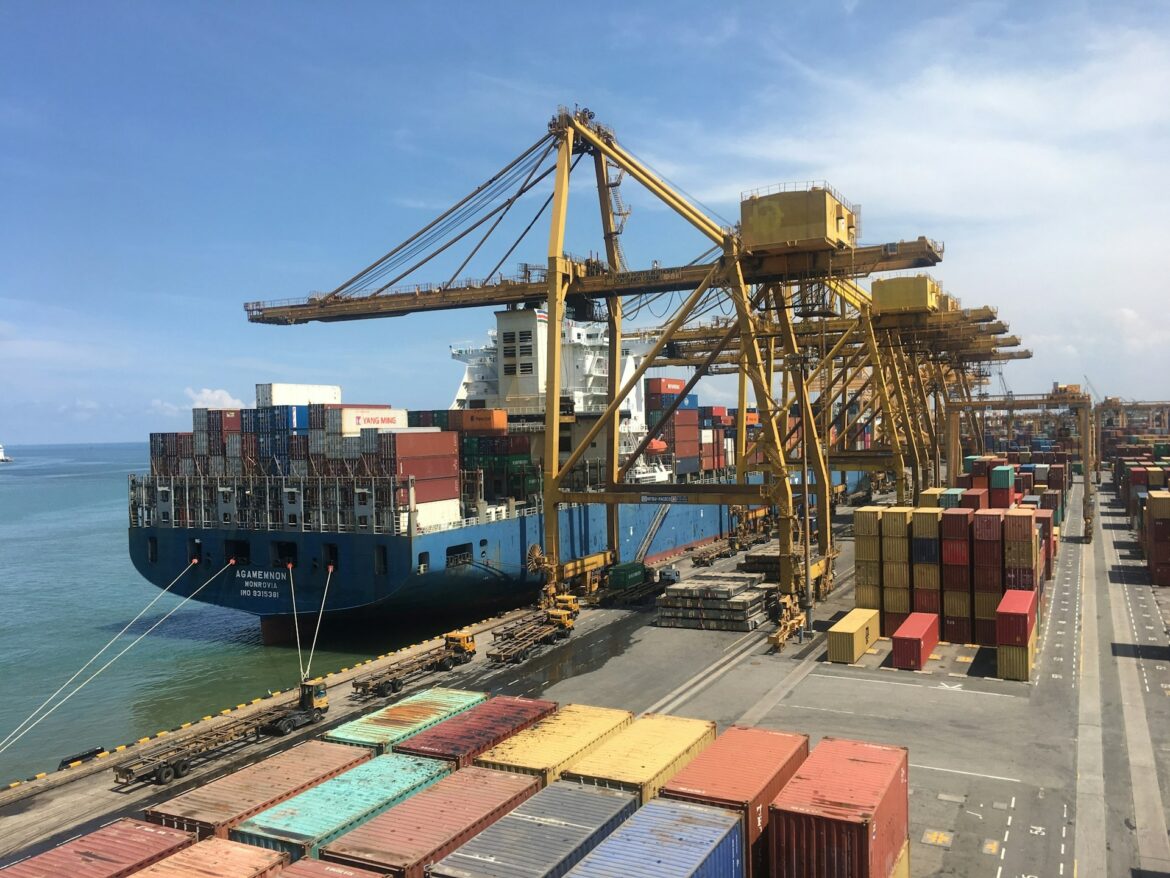Ship turnaround at Chattogram has improved after new berths and navy oversight cut waiting times, but the gains are being squeezed by customs delays and broken scanners that have left the yard dangerously full and slowed goods moving inland. Dedicated berths and extra handling have reduced vessel time at the port from about five days to roughly two, which has saved ship operators large daily demurrage bills and cleared the outer anchorage of many waiting vessels. That progress, however, created a new problem: the container yard is now more than ninety percent full, with tens of thousands of containers stacked where space is meant to be kept free for smooth movement. Four scanners used by customs were out of order at the same time, crippling the usual flow of import clearances and blocking trucks that should take containers back to inland depots. Truckers who once backloaded imports after dropping export goods now return empty, and off-docks and depots are choked with more than seventy thousand boxes, many of them empties that cannot be moved quickly. Local businesses already feel the pain: a manufacturer paid duties and followed rules but still waited many days while a fresh verification process was run, leaving production idle and workers waiting. Industry groups say long waits, stalled files and occasional transfers of customs officials add time and cost that ripple through factories and shops. Authorities point to old, broken scanners and slow supplies of spare parts as the technical issue, and they say some lab and testing bottlenecks also slow final clearance for goods that need checks. Port managers and trade leaders are urging fast, practical fixes: repair and replace scanners, speed up auctions of abandoned cargo so space is freed, expand lab capacity, hire more customs staff, and push digitisation so files move faster without as much manual handling. Experts also suggest moving some pressure to other ports where capacity exists and hiring trained logistics professionals to run yards and match truck flows to unloading speed. Even with the yard full, daily handling numbers have been strong lately, and the port recently set a yearly record for overall container movements, showing the work of many teams keeps trade moving. The mix of success and strain shows that solving one bottleneck can expose another, but trade leaders are hopeful that targeted actions will turn gains into lasting ease. Repairing scanners quickly, clearing long-stored containers through faster auction rules, and improving coordination between port, customs and inland depots can keep ships moving, cut costs for importers and exporters, and protect jobs that depend on steady supply chains. With those steps, the improved ship turnaround can become a real win for businesses and customers across the country.
Faster Ship Turnaround, Slower Clearances: Scanner Failures Choke Chattogram Port Yards
14


